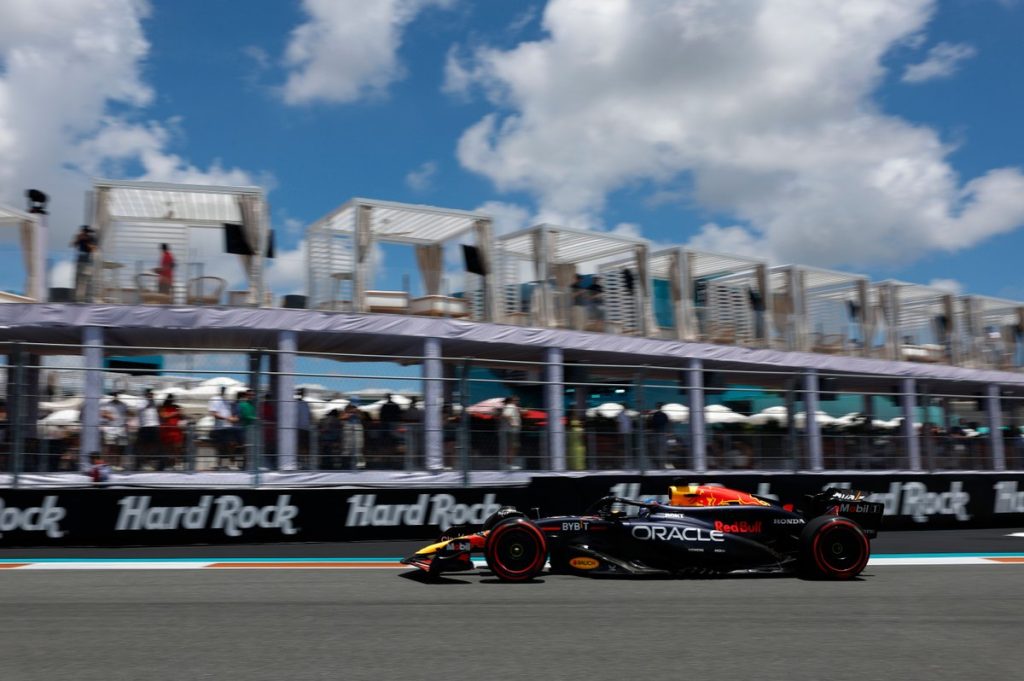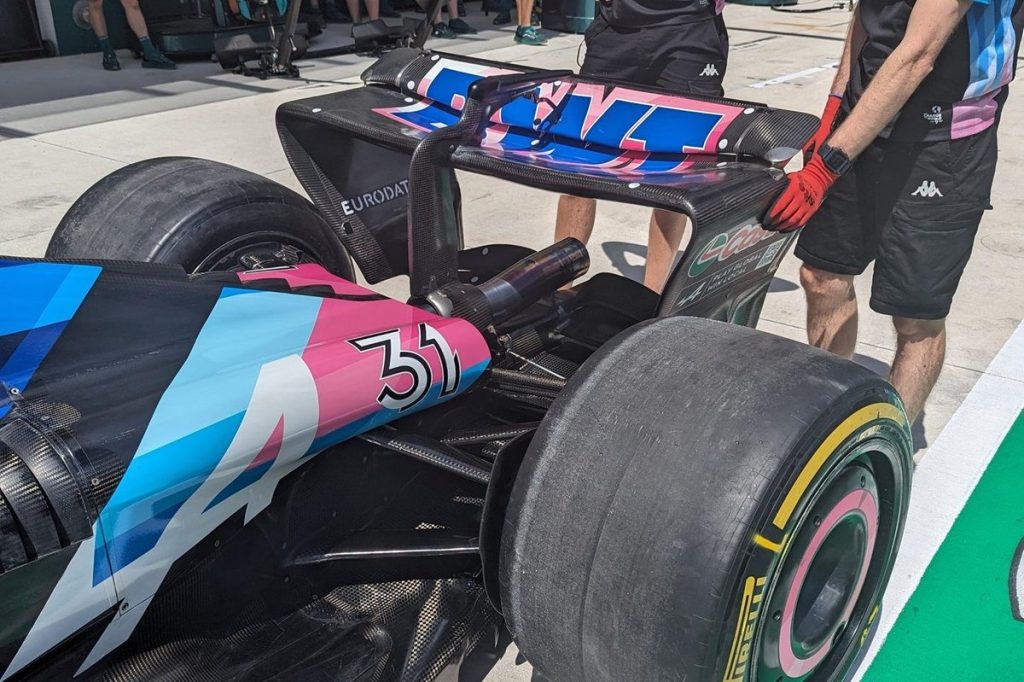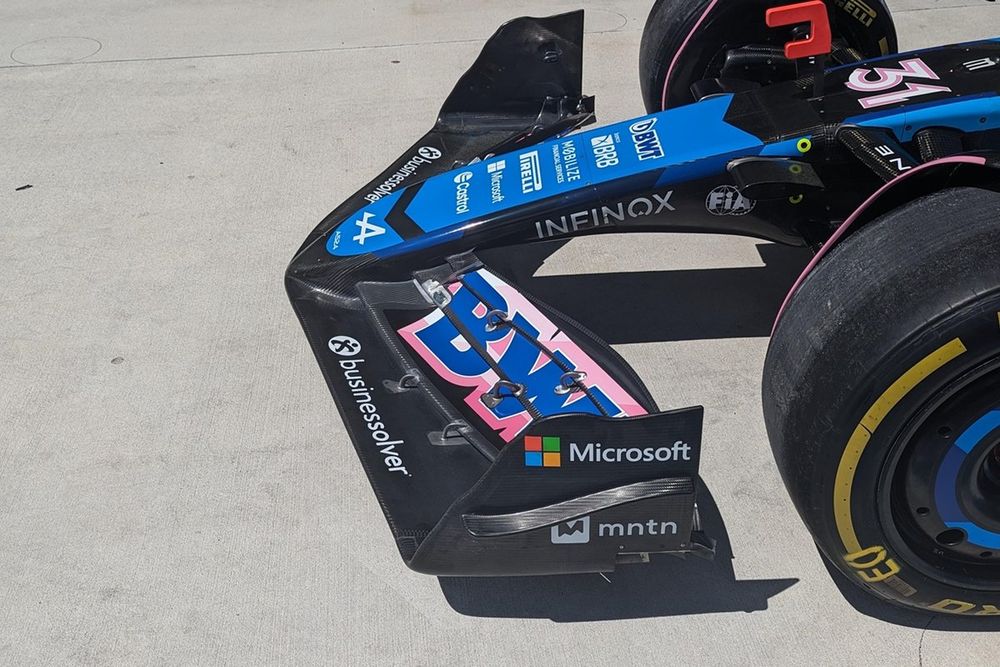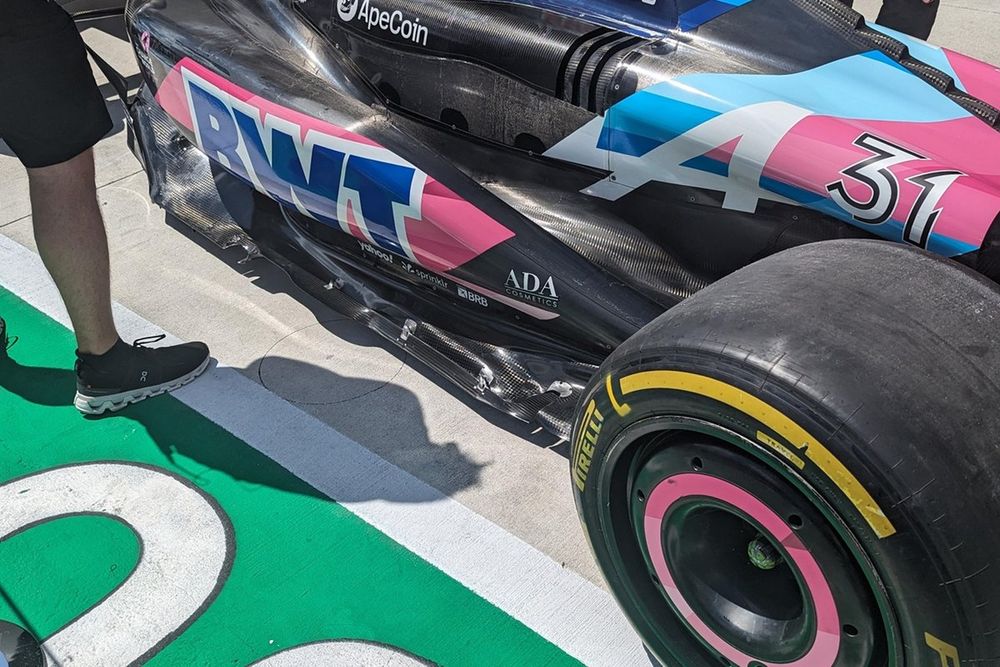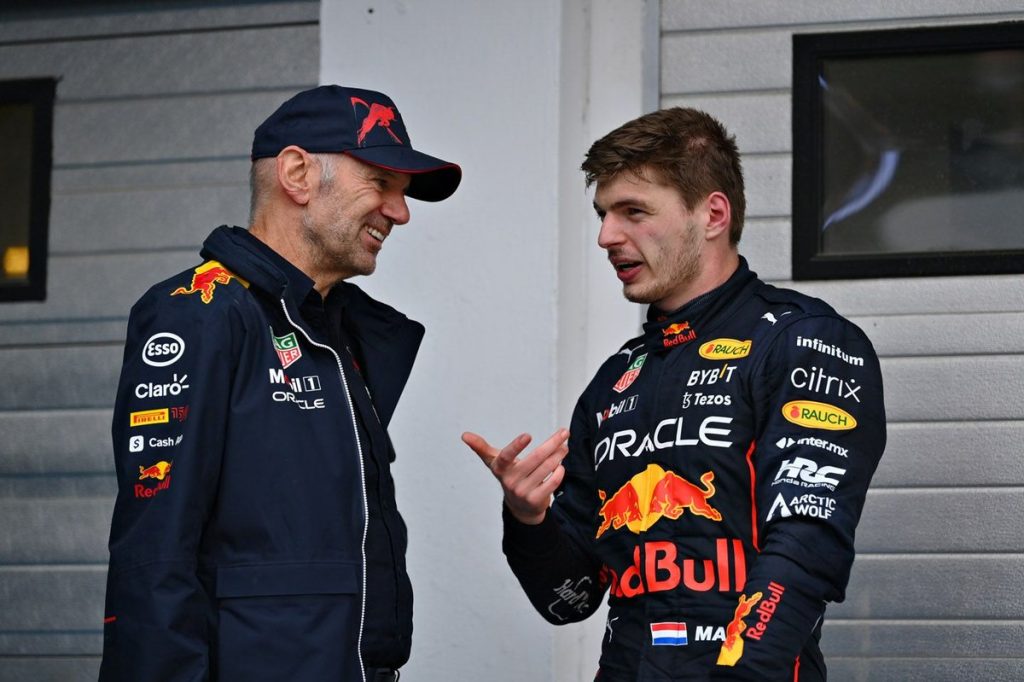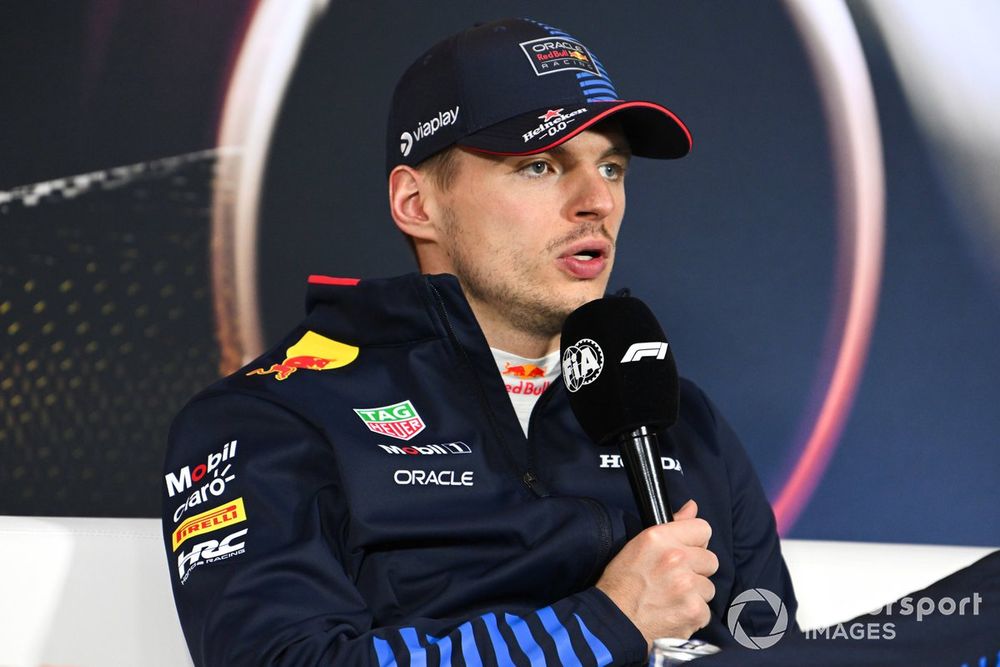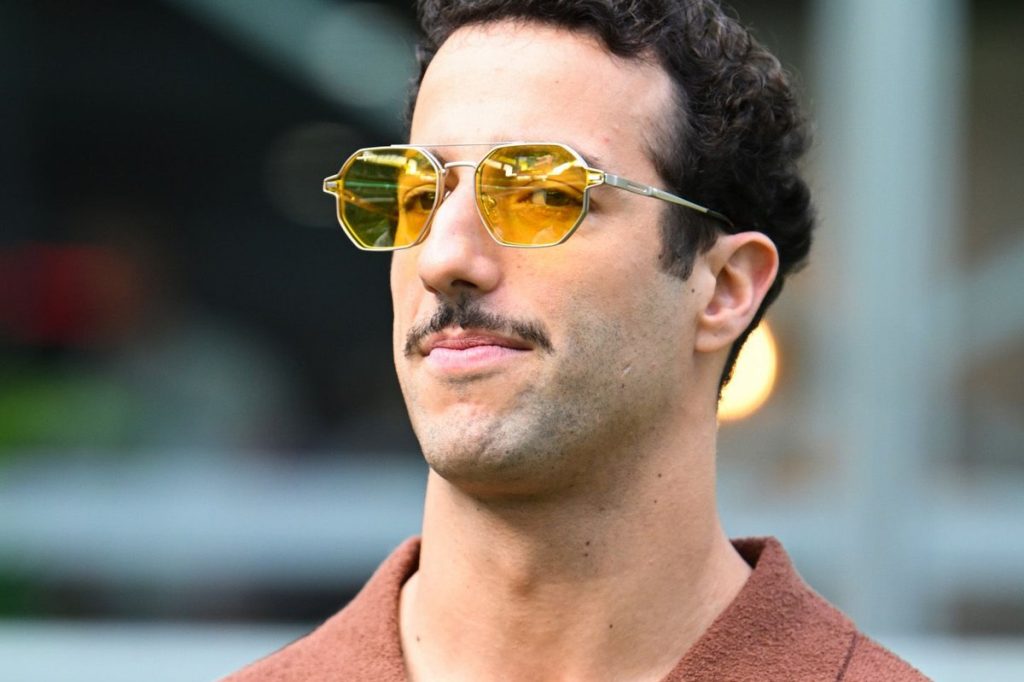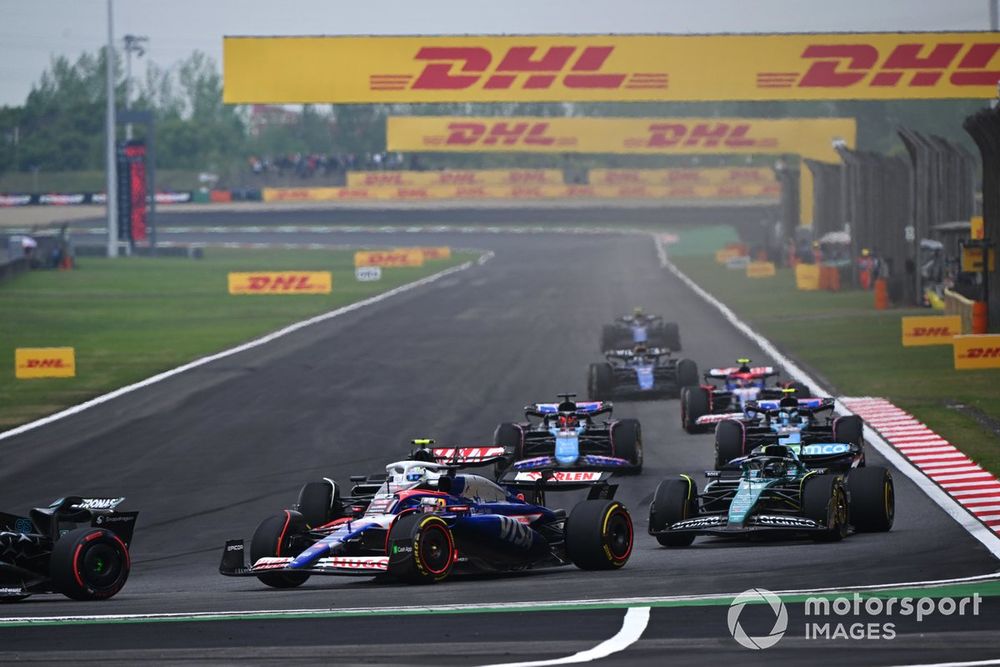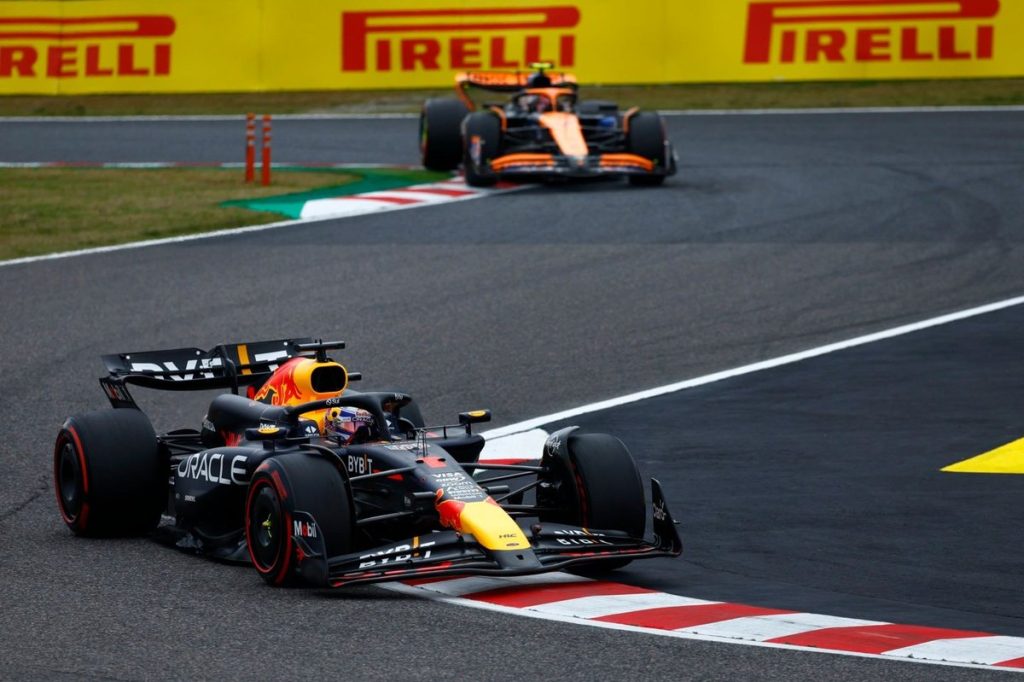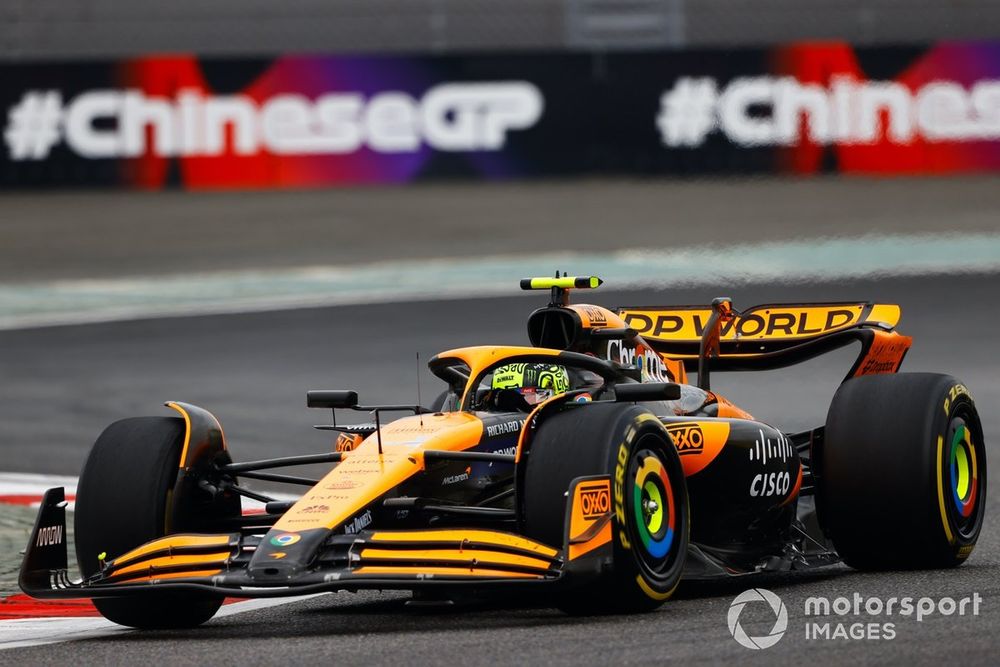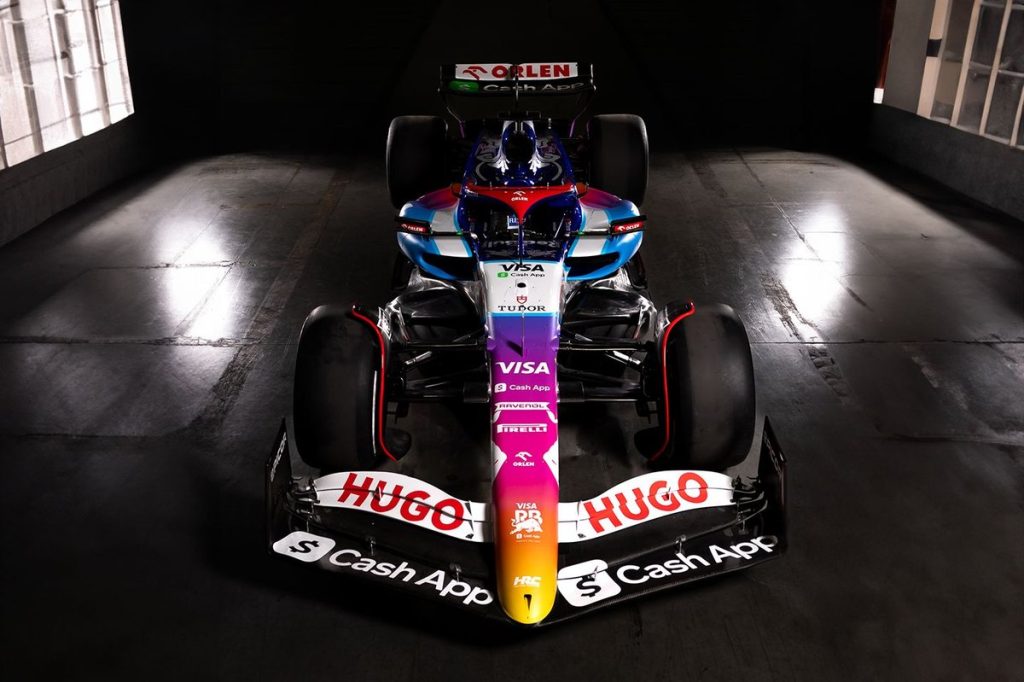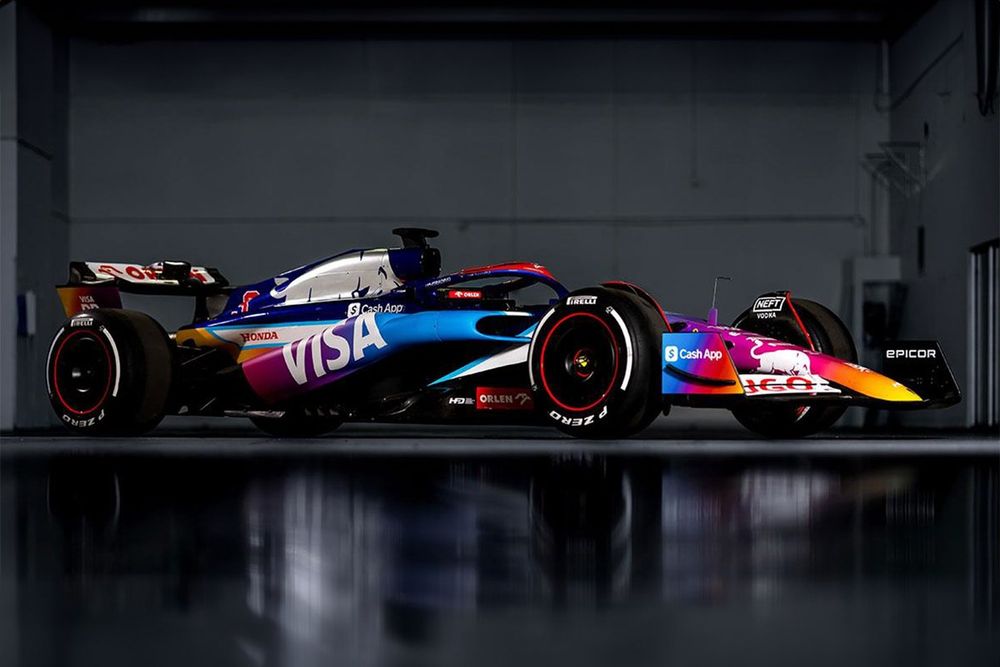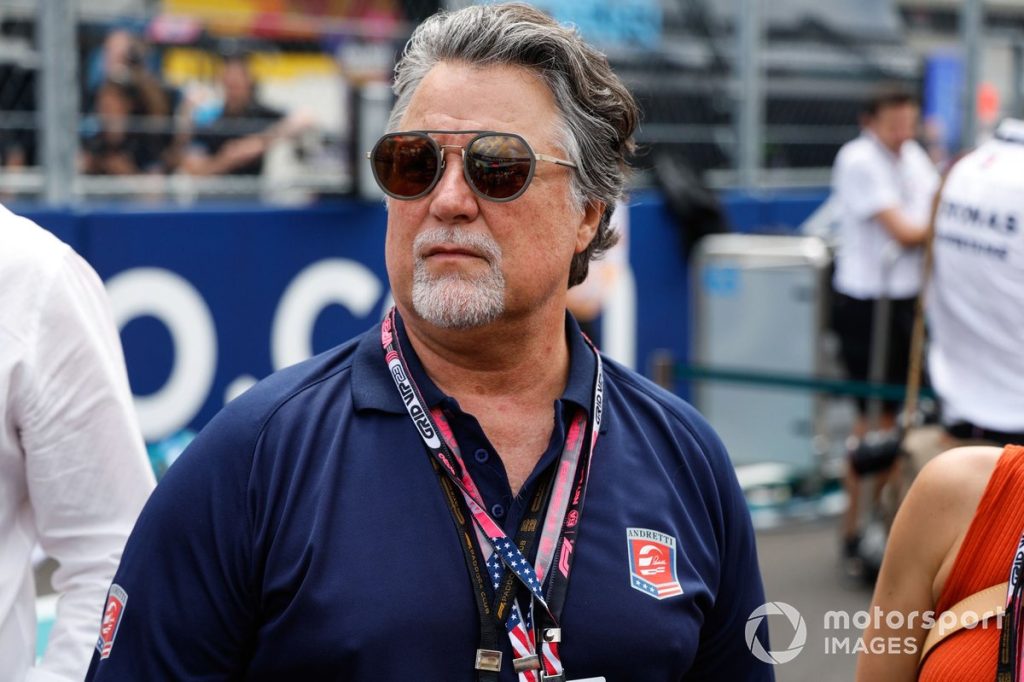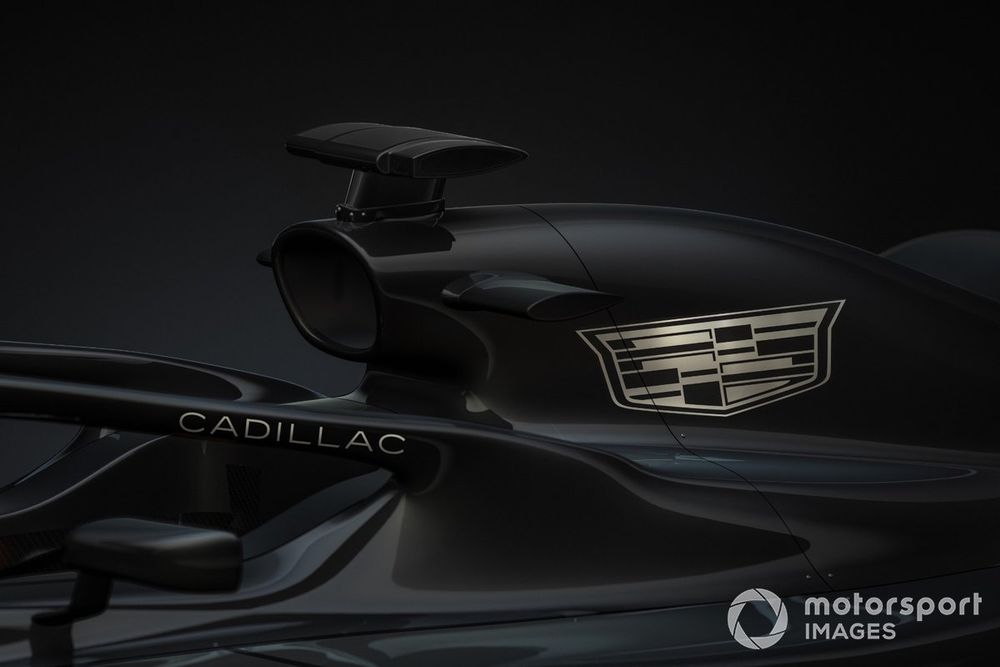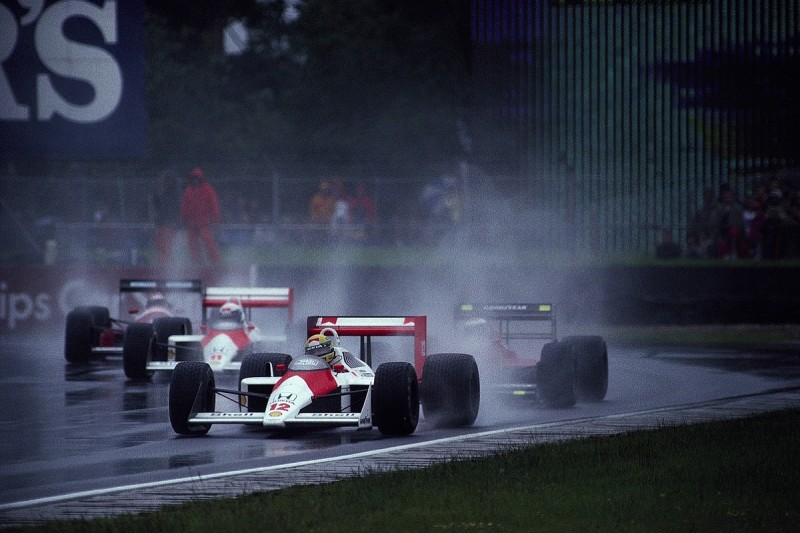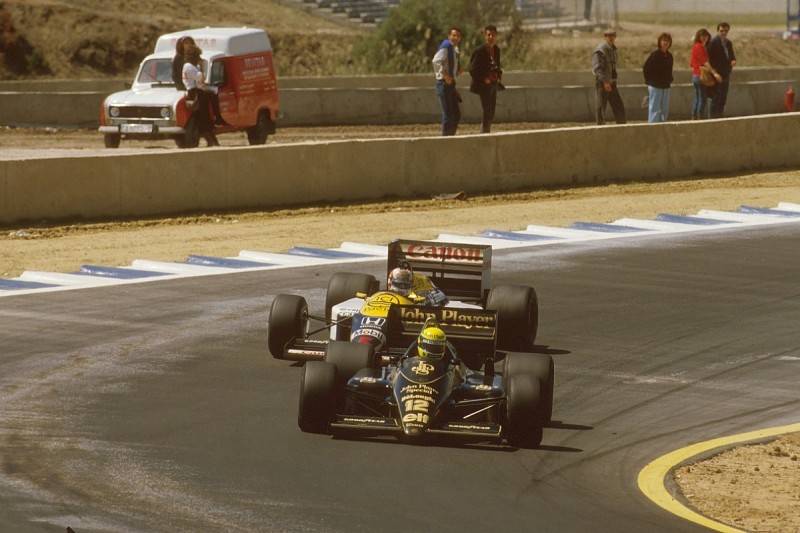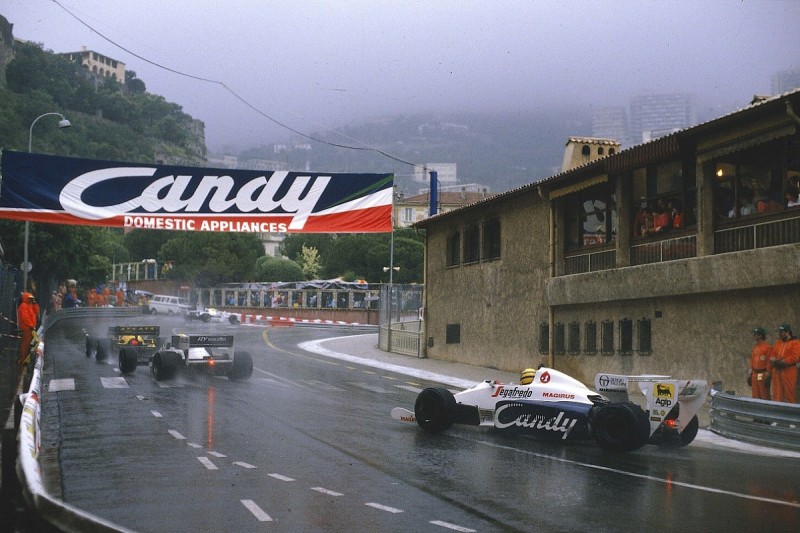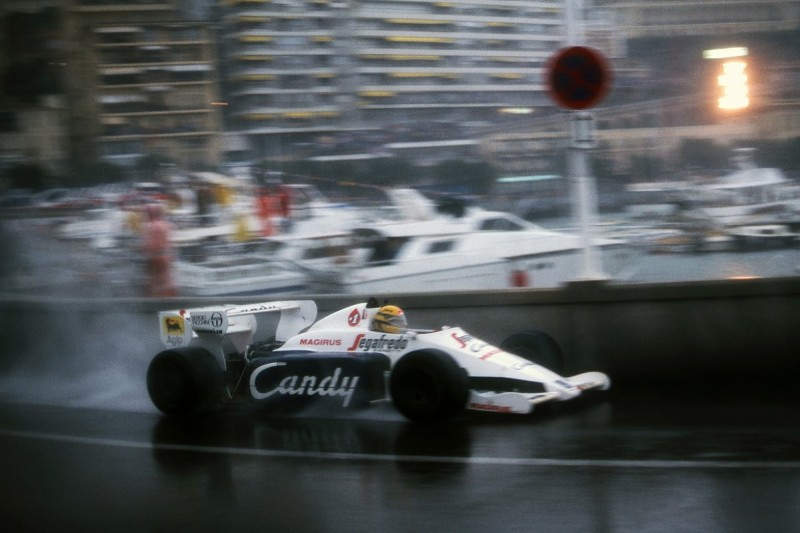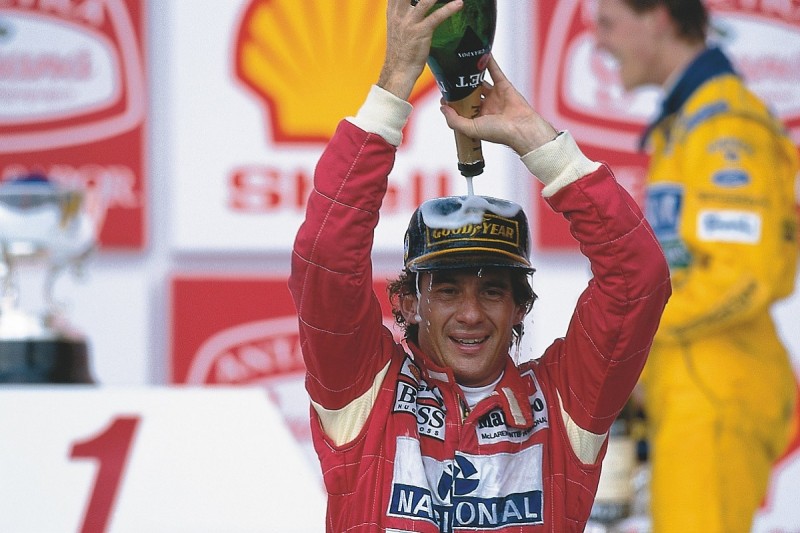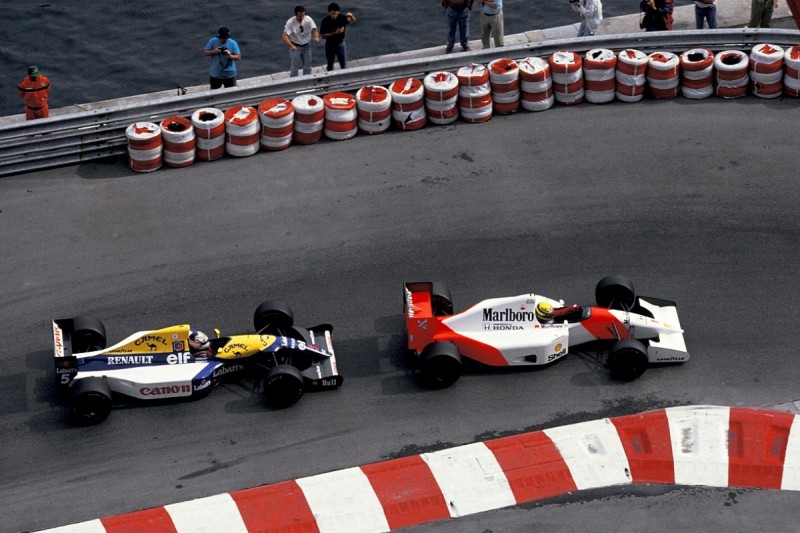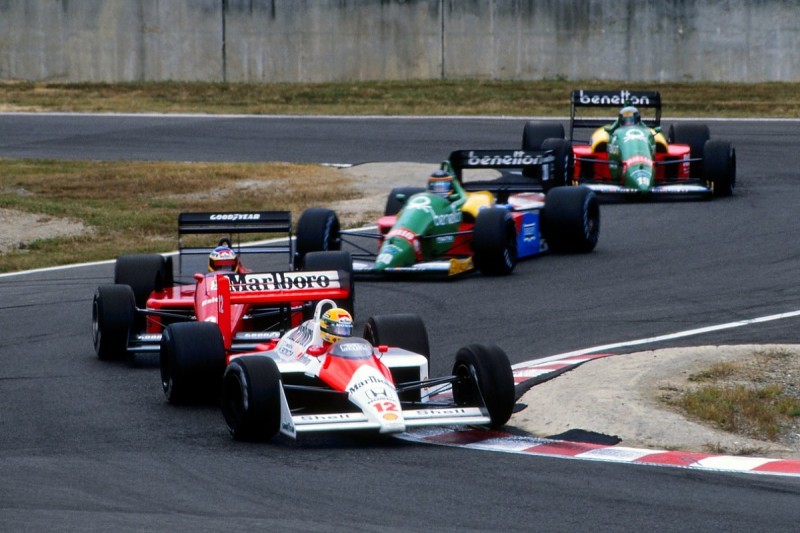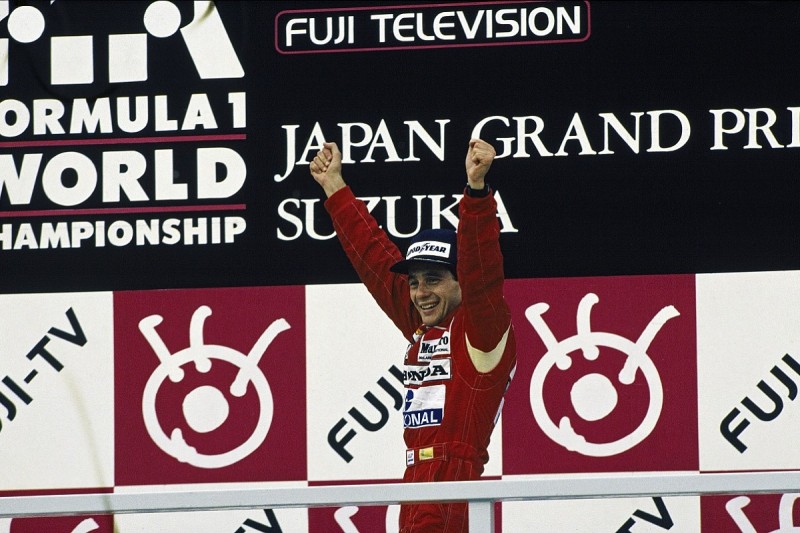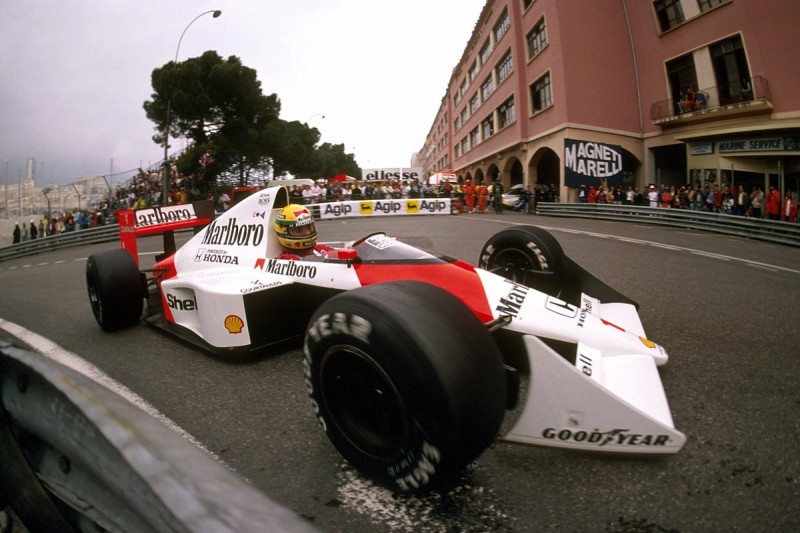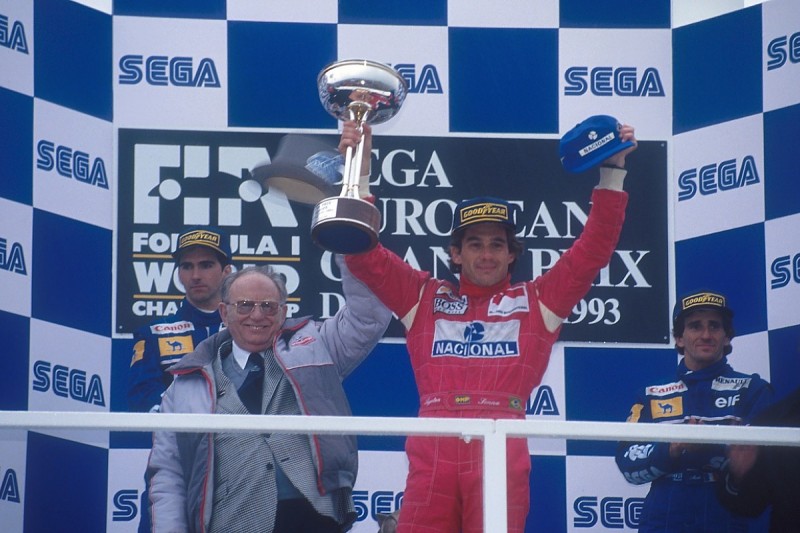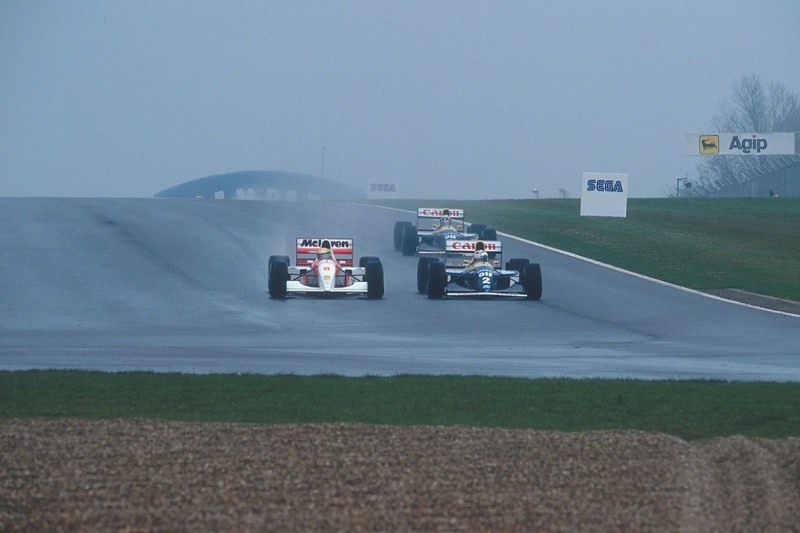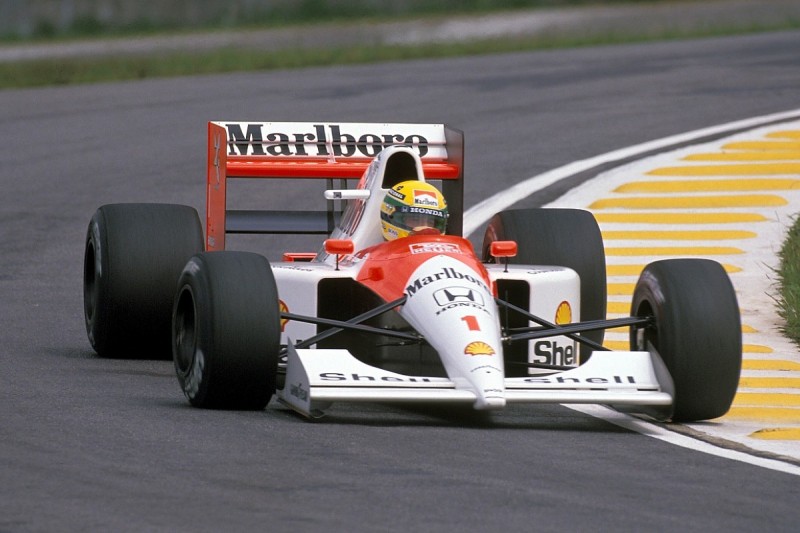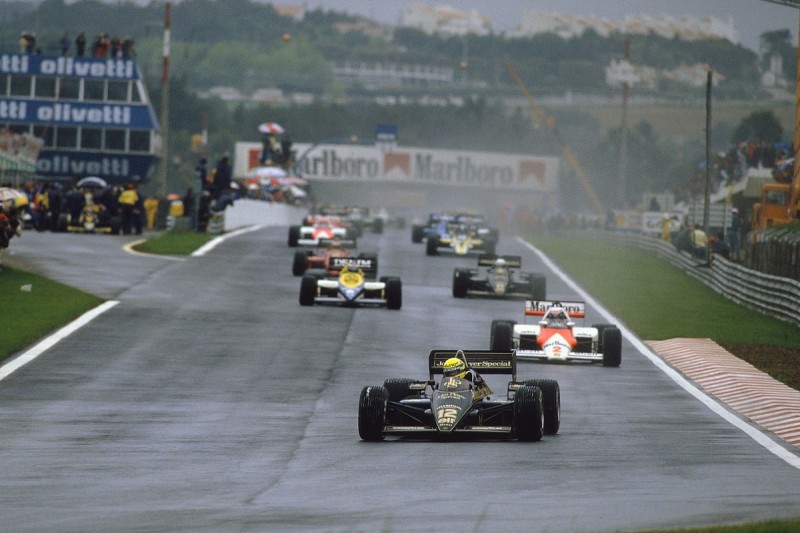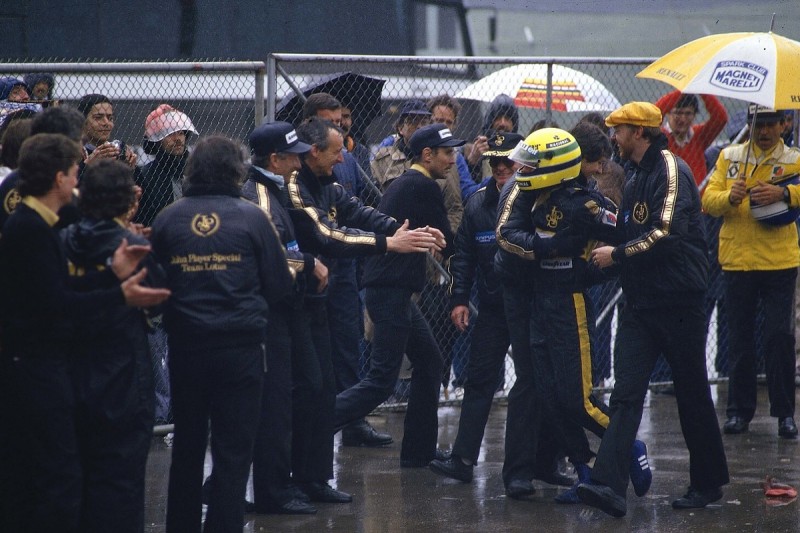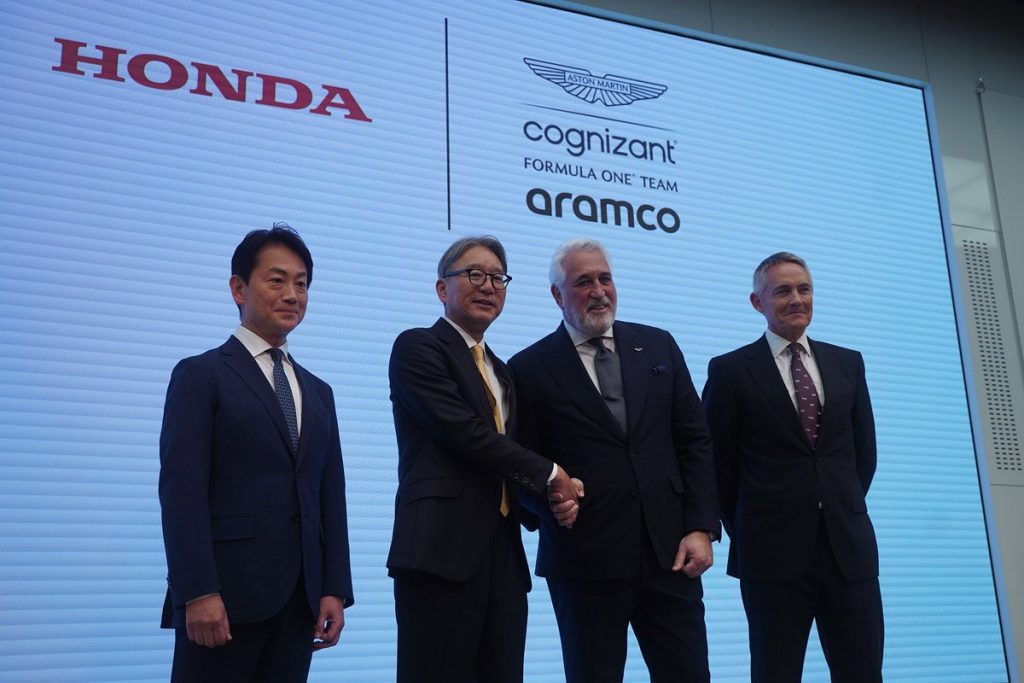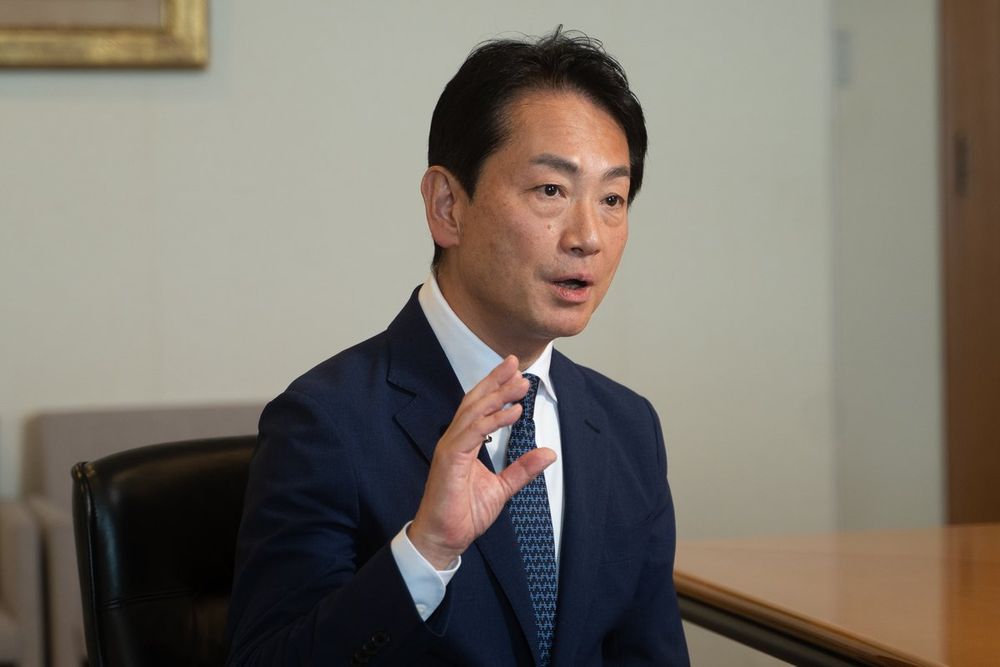What time does the sprint race start for the F1 Miami Grand Prix?
The sprint race for the Miami GP starts at 12:00pm local time (5:00pm BST), covering a distance of 19 laps or 60 minutes.
Date: Saturday 4 May 2024
Start time: 12:00pm local time – 5:00pm BST
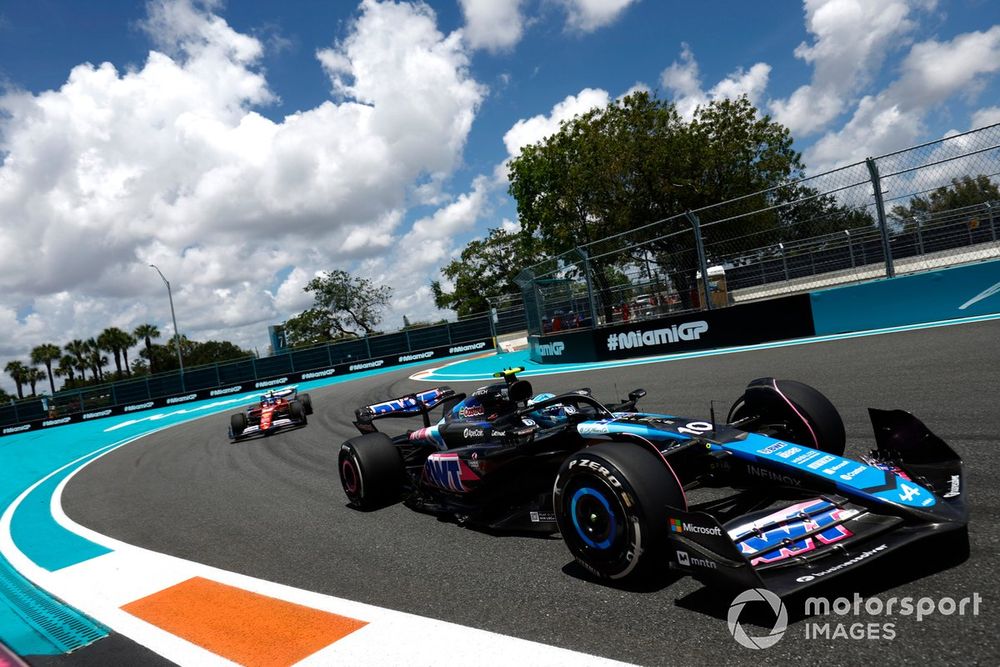
Pierre Gasly, Alpine A524
Photo by: Zak Mauger / Motorsport Images
What time does qualifying start for the F1 Miami Grand Prix?
Grand prix qualifying for the Miami GP starts at 4:00pm local time (9:00pm BST), using the traditional Q1, Q2 and Q3 knockout session format.
Date: Saturday 4 May 2024
Start time: 4:00pm local time – 9:00pm BST
How can I watch Formula 1?
In the United Kingdom Formula 1 is broadcast live on Sky Sports, except for the British GP which is shown live on both Sky Sports and Channel 4, with highlights shown on Channel 4 several hours after the race has finished. Live streaming through NOW is also available in the UK.
Sky Sports F1, which broadcasts the F1 races, can be added as part of the Sky Sports channels which costs £18 a month for new customers. Sky Sports can also be accessed through NOW with a one-off day payment of £11.99p or a month membership of £34.99p per month.
How can I watch F1 Miami GP sprint race and grand prix qualifying?
In the United Kingdom every F1 practice, qualifying and race is broadcast live on Sky Sports F1, with Miami GP sprint race coverage starting at 4:00pm BST on Sky Sports F1, and grand prix qualifying coverage starting at 8:00pm BST on Sky Sports Main Event and Sky Sports F1.
- Channel: Sky Sports Main Event (grand prix qualifying only) and Sky Sports F1
- Start time: Sprint Race: 4:00pm BST Saturday 4 May 2024
- Start time: Qualifying: 8:00pm BST Saturday 4 May 2024
When can I watch the highlights of F1 Miami GP sprint race and grand prix qualifying?
In the United Kingdom, Channel 4 is broadcasting highlights of the sprint race and grand prix qualifying for the Miami GP at 1:15am BST and 8:00am BST on Sunday morning. The full programme will run for 90 minutes, covering both the sprint race and grand prix qualifying and wrapping up the major talking points of the race weekend so far.
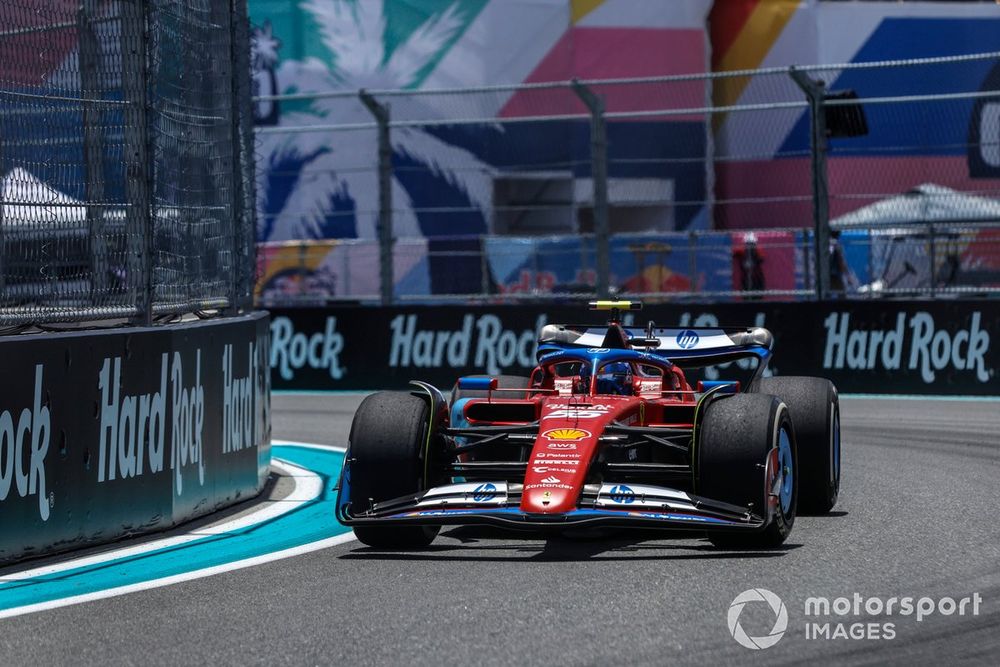
Carlos Sainz, Ferrari SF-24
Photo by: Steven Tee / Motorsport Images
For the entire 2024 F1 season, Channel 4 will broadcast highlights of every qualifying and race of each event. The highlights will also be available on Channel 4’s on-demand catch-up services.
- Channel: Channel 4
- Start time: 1:15am BST and 8:00am BST Saturday 4 May 2024
Will F1 Miami GP sprint race and grand prix qualifying be on the radio?
Live radio coverage of every practice, qualifying and race for the 2024 F1 season will be available on BBC Radio 5 Live, BBC 5 Live Sports Extra or via the BBC Sport website.
Coverage of the Miami GP sprint race will start at 5:00pm BST on the BBC Sport website and the BBC Sounds app.
Coverage of Miami GP qualifying will start at 9:00pm BST on BBC Radio 5 Sports Extra and the BBC Sounds app.
What’s the weather forecast for the sprint race and grand prix qualifying in Miami?
Dry and sunny conditions with a low chance of rain is forecast for all of Saturday in Miami. The temperature is set to reach highs of 28 degrees Celsius at the start of the sprint race and 29 degrees Celsius at the start of grand prix qualifying.
